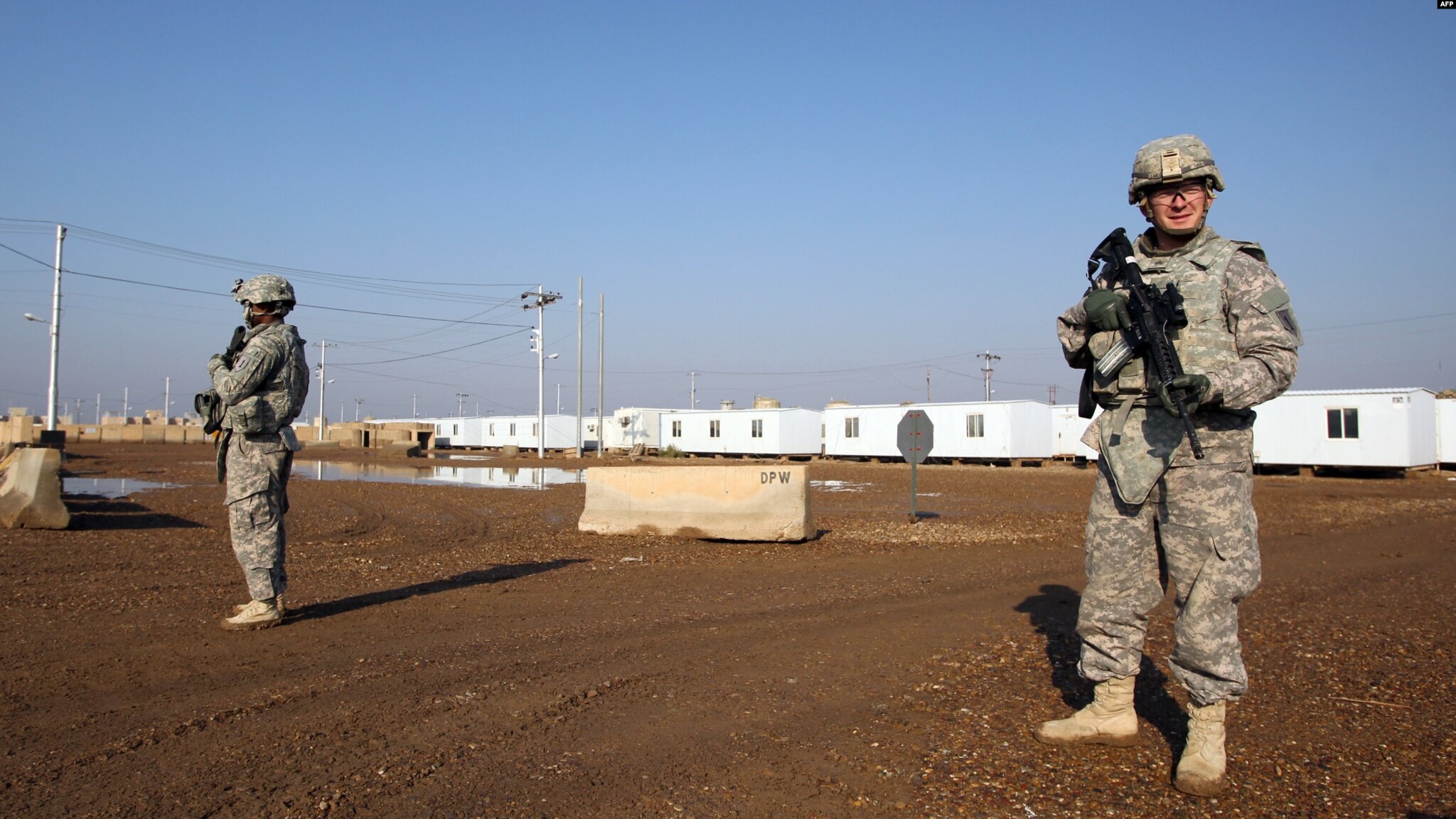US Forces to Stay in Kurdistan Region Until 2026 Despite Iraq-Wide Drawdown
Under a 2024 agreement, Baghdad and Washington set September 2025 as the date to formally end the coalition’s mission.

ERBIL (Kurdistan24) – Mohammed Ihsan, a political analyst and university professor, told Kurdistan24 on Wednesday that the planned conclusion of the US-led coalition’s mission in Iraq does not mean a complete withdrawal of American forces, but rather a redefinition of Washington-Baghdad security ties.
“I want to clarify that the end of the coalition mission in Iraq does not equate to the withdrawal of US troops; rather, it signifies a strategic shift in security relations between Washington and Baghdad,” Ihsan said.
He explained that the new phase of cooperation will emphasize training, intelligence-sharing, and counter-terrorism. Under a 2024 agreement, Baghdad and Washington set September 2025 as the date to formally end the coalition’s mission. However, US forces will remain on a reduced scale until late 2026, particularly in the Kurdistan Region, where they will continue providing advisory support and assisting in operations against ISIS.
Addressing regional dynamics, Ihsan noted that “the fall of the Assad regime in Syria has influenced some Iraqi political parties to reconsider the pace of US troop withdrawals, fearing a potential ISIS resurgence.” He added that Prime Minister Mohammed Shia al-Sudani is working to balance Washington’s assistance with pressure from Iran-aligned groups. Meanwhile, the US Congress has introduced a bill linking military aid to Iraq’s efforts to curb the power of armed militias.
“The United States is not withdrawing from Iraq; this is a phased reorganization of coalition operations into a bilateral security relationship,” Ihsan emphasized.
Yawar: Kurdistan Region to Remain Key US Partner
Jabar Yawar, former Secretary-General of the Peshmerga Ministry, also told Kurdistan24 that the US troops' movements should not be viewed as a full departure.
“The US troop withdrawal will not be total throughout Iraq; US troops will remain in the Kurdistan Region until the end of 2026, after which a decision will be made about a complete withdrawal,” Yawar said.
He added that relations will continue under a “strategic agreement,” enabling Baghdad to request US military assistance when needed, including air and ground operations. Many of the US troops leaving bases in central and southern Iraq, he noted, are being relocated to Erbil and Harir bases.
According to Yawar, this adjustment will not significantly impact security, though he stressed that ISIS remains a persistent threat. “Although ISIS is extremely weak militarily, it continues to function as a global terrorist organization and spread its extremist ideology through social networks,” he warned.
From Fighting ISIS to Long-Term Partnership
The US military presence in Iraq has shifted repeatedly over the past two decades. After the withdrawal of American forces in 2011, the rise of ISIS in 2014 forced Baghdad to seek international help. The US returned to lead the Global Coalition Against ISIS, providing airpower, training, and intelligence to Iraqi and Kurdish forces.
Although ISIS lost its territorial caliphate in 2019, its sleeper cells remain active. Today, about 2,500 US troops are still stationed in Iraq. Political pressure from pro-Iran factions has pushed Baghdad to negotiate a gradual transition, moving the US role from combat operations to training and advisory support since late 2021.
The current phase, experts say, represents not an end, but the beginning of a long-term security partnership between Iraq, the Kurdistan Region, and the United States.
